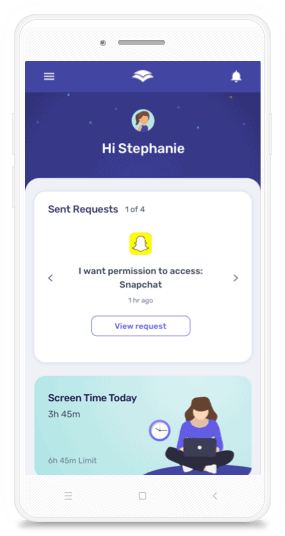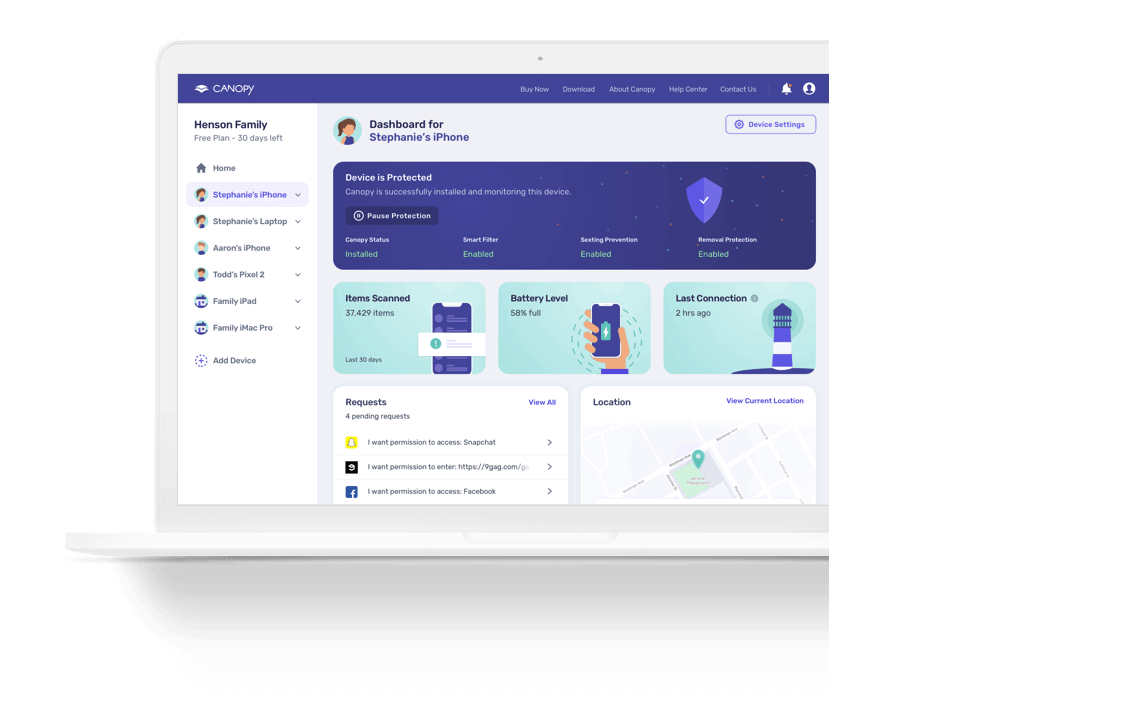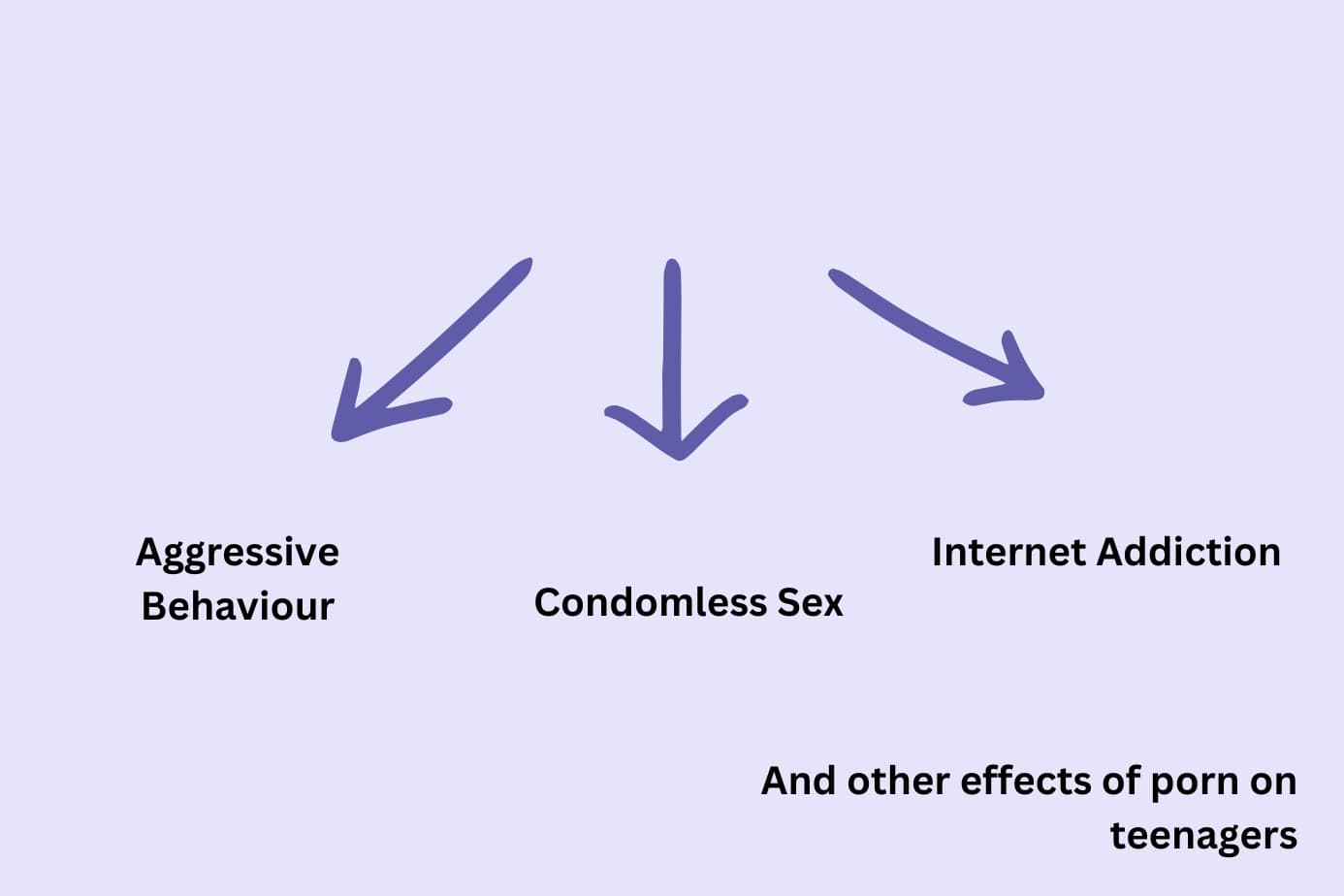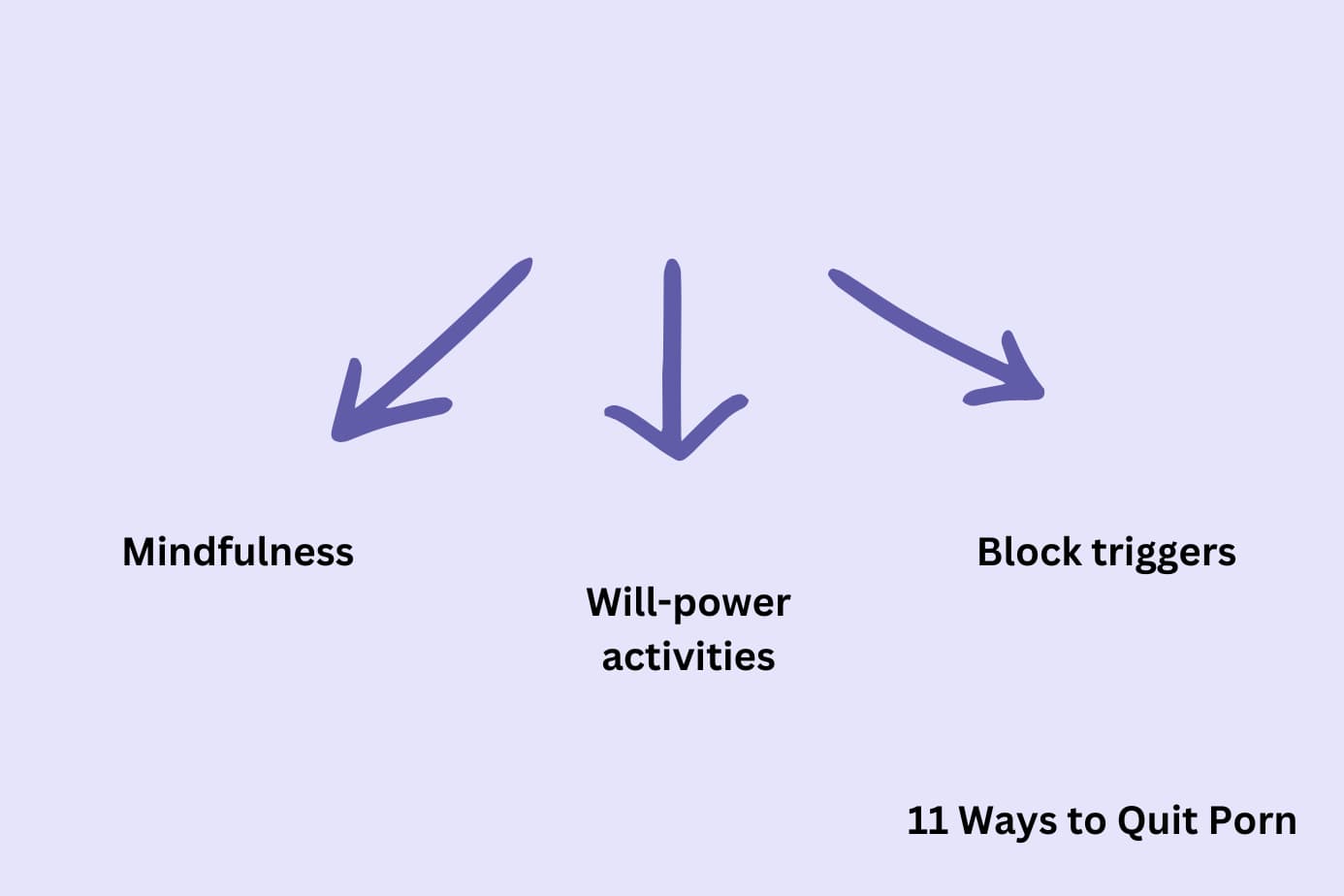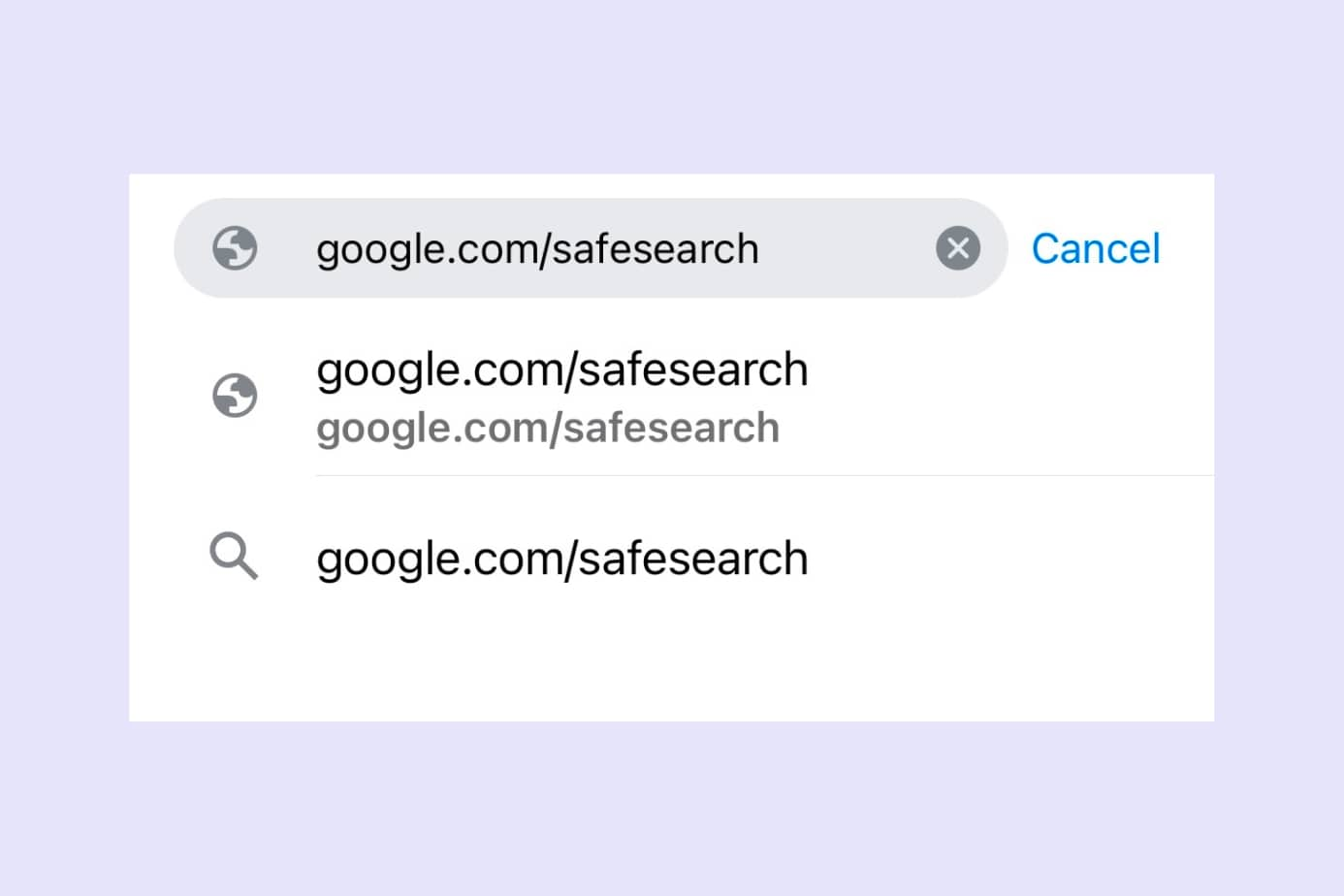Talking to your child about inappropriate pictures can be difficult and uncomfortable.
Yet, these types of delicate conversations are essential not only for their online safety but also for their well-being.
In this article, we’ll discuss:
- Early conversations about inappropriate online content can help increase your child’s internet safety.
- It’s important to maintain a calm and reassuring tone during the conversation.
- Explain which pictures are okay and which are inappropriate, and why it’s never okay to send or receive such pictures.
- If your child has already seen inappropriate content, talk to them about it and consider reporting it together.
(Hey! 👋 Before you read on, we’ve also written a whole guide specifically for the moment you discover your teenage daughter sending inappropriate pictures.)
When Should You Talk to Your Child About Inappropriate Content?
Before you start talking about inappropriate pictures, you may wonder when the right time to have this conversation is.
Here are some things to consider:
- Your child’s age and maturity level – Younger children may not yet understand the concept of inappropriate pictures. Older children may have already been exposed to them. According to a report by Common Sense Media, 54% of teens claim they have been exposed to online porn as early as 13.
- Your child’s internet use – If your child spends a lot of time online (using messaging apps and other digital technology), they are more likely to encounter inappropriate pictures.
- Recent news or events – If there has been a recent news story or event related to inappropriate pictures (such as a celebrity scandal involving nude pictures, especially if it’s a celebrity your child might be following), it may be a good time to start the conversation.
Early conversations about online content can help your child understand what’s appropriate and what’s not. This can drastically increase their online safety.
Aside from talking about inappropriate content, it’s also important to have early conversations about sexting. This should include topics like sending and receiving nude pictures from other people—read these online safety tips for parents to understand other internet dangers.
We developed an app that works across all your devices (mobile, computer, tablet) to keep your child safe from inappropriate online content. There’s a free trial you can try here.
Maintain a Calm and Reassuring Tone
Even though this is a sensitive topic that may reveal unexpected information, it’s crucial to maintain a calm and reassuring tone.
You might feel angry, shamed, or fearful of what your child might have already seen or done online, but this will not help your child’s emotional well-being, mental health, or long-term internet safety.
Instead, the conversation should be educational and informative, with a gentle tone. Remember: the goal is to increase your child’s awareness of online safety, not punish them for what they might’ve done.
If it comes up during the conversation that your child has already seen inappropriate pictures or even sent or received some, don’t panic!
Instead, talk about their feelings and thought processes. This can help them understand the consequences of their actions and how to avoid similar situations in the future.
Learn more about how to talk to your child who has been sending inappropriate pictures.
Protect your child from sending and receiving nudes. Block sexting with Canopy.
3 Things to Explain About Inappropriate Pictures
Here are the main three things to cover in your conversation about unsuitable online content:
Which pictures are okay and which are inappropriate
Emphasize that not all online content is bad. Provide plenty of examples of what is okay to look at and what should be avoided.
For example, pictures that are okay to look for online include:
- Food
- Nature
- Pets and animals
- Superheroes
- Toys (dolls, LEGOs, toy trucks, etc.)
- Technology, and more
Pictures that are not okay to look for online could include:
- People without their clothes on
- People kissing or touching each other (especially without their clothes on), and similar.
Why it is never okay to send or receive inappropriate pictures
Sending or receiving inappropriate pictures is very rarely a sensible thing to do. Help your child understand the exact reasons behind this with these three points:
- Sending a nude picture of oneself can impact the child’s life in significant ways. Even if the child trusts the recipient, there is always a risk that the image will be shared with others. Worse, it could end up online, where strangers can access it. This can not only be embarrassing, but it could also lead to bullying, harassment, and similar.
- In equal measure, distributing a nude picture of someone else can have a devastating impact on that person’s life. This can result in humiliation, bullying, and even blackmail of that person. It is never okay to share someone else’s personal pictures or videos, even if your child thinks it’s funny or that the person is okay with it.
- Finally, explain the legal consequences of sexting. Teenagers who engage in sexting could face criminal charges, particularly if the images involve children under the age of 18. As the AAP notes, these prosecutions can be devastating and costly, both to the teenagers involved and to their families.
By explaining these points clearly and calmly, you can help your child understand the gravity of the situation. It would be best if they stayed away from inappropriate pictures altogether.
How to stay safe online
Teach your child to look for websites with https in the URL, which means they are secure.
Additionally, you can use parental controls to block inappropriate websites (such as a parental control app like Canopy) and to block inappropriate pictures and websites automatically.
But websites aren’t the only potential source of inappropriate content. If your child is active on social media, there is a high chance they might see something they don’t want to.
Teach your child to only ‘friend’ people they know in real life. They should also never share personal information on social media such as their full name, address, phone number, or school.
Remind them to think before they post and to be careful about what they share.
If your child receives an inappropriate picture or a request for one, they also need to know what to do in the moment. Teach them to say no, to block the person who sent it, and to tell a trusted adult right away.
Let them know that, if this happens, they are not in trouble and that you are there to help them.
What if Your Child Has Already Seen Inappropriate Pictures?
According to research, 68.97% of tweens and 90.73% of teens encountered nudity and sexual content online. Odds are, your child has already seen some type of inappropriate pictures.
If that’s the case, you should have an open and honest conversation with them. Ask them where they saw the pictures, if they were looking for them, and how they felt about what they saw.
This will help you understand what your child has been exposed to and how they are feeling about it.
After discussing the issue, it may be necessary to take further action.
Consider reporting the content to the platform or website where it was found, or even to the authorities if the content is illegal. It may be beneficial to involve your child in this process so they can feel more in control of the situation.
Additionally, discuss ways to prevent this from happening in the future. Installing parental controls or monitoring your child’s internet use are good options to consider.
By having open communication with your child and taking necessary actions, you can help keep them safe online.
Read Next: How to Stop Using Your Phone Before Bed

